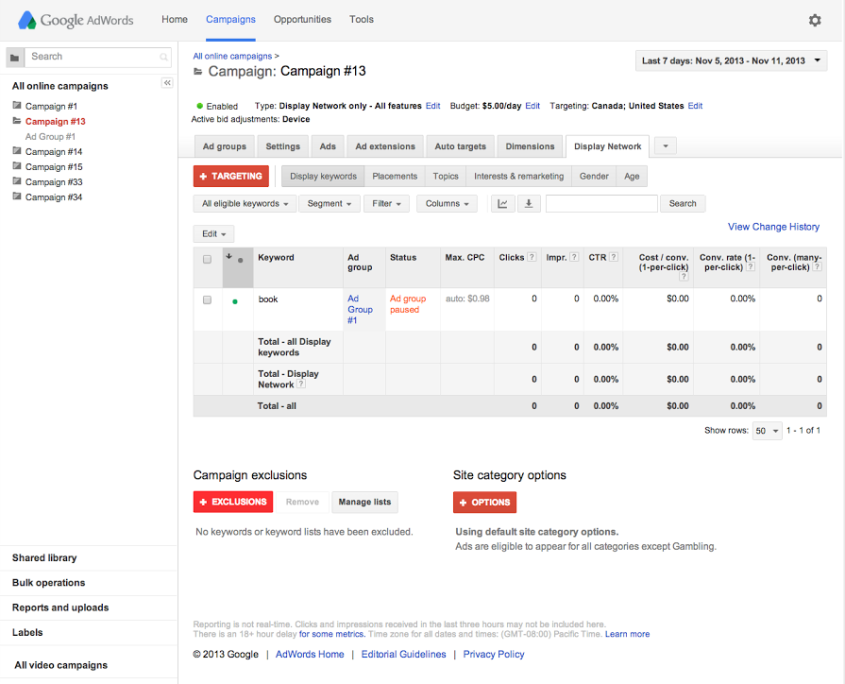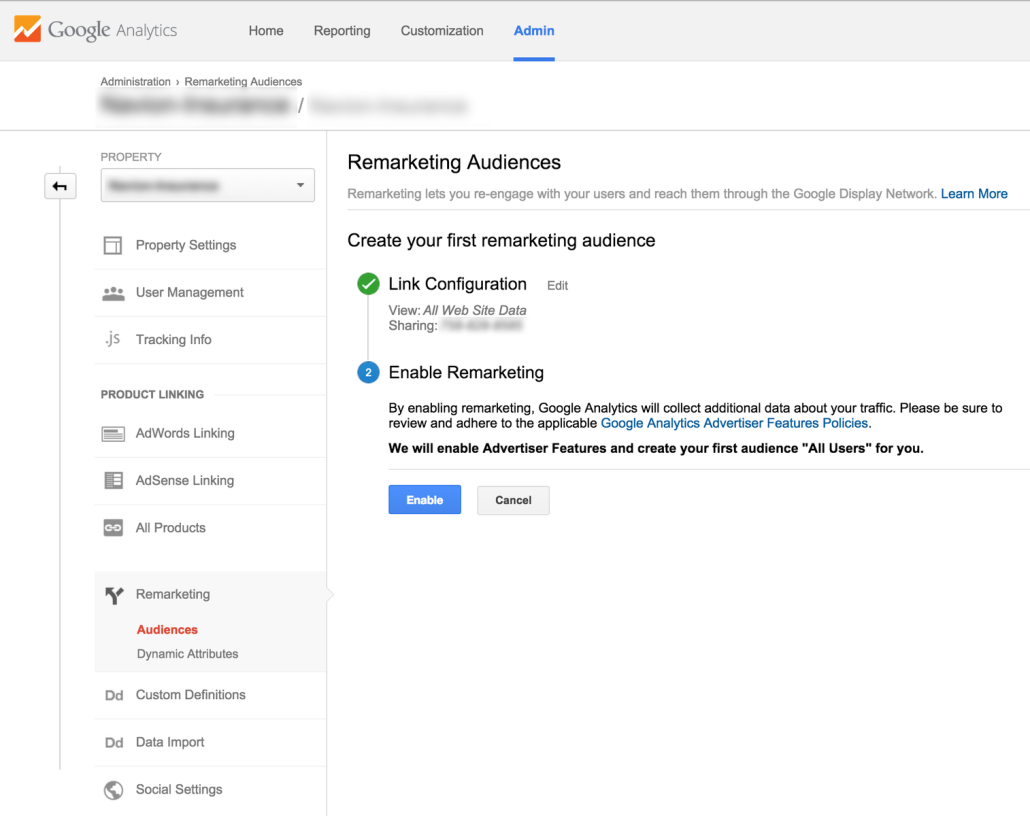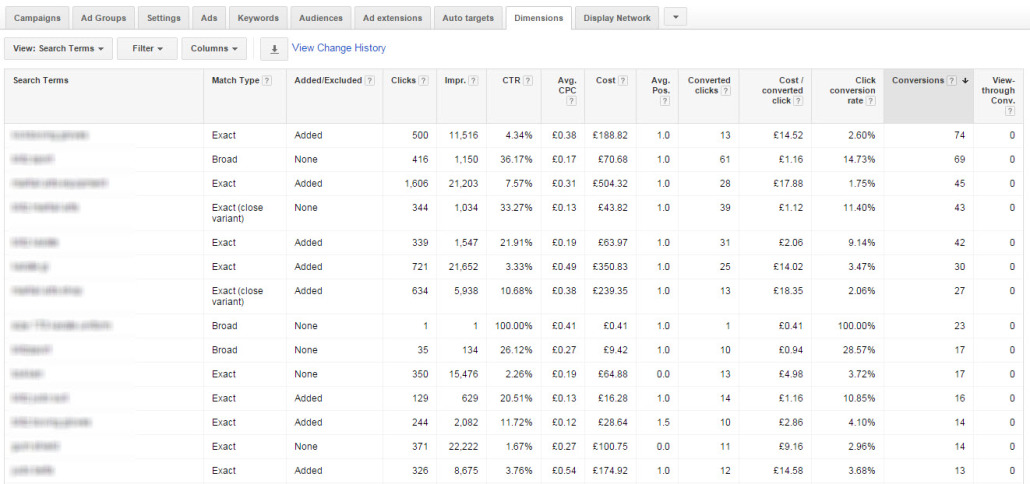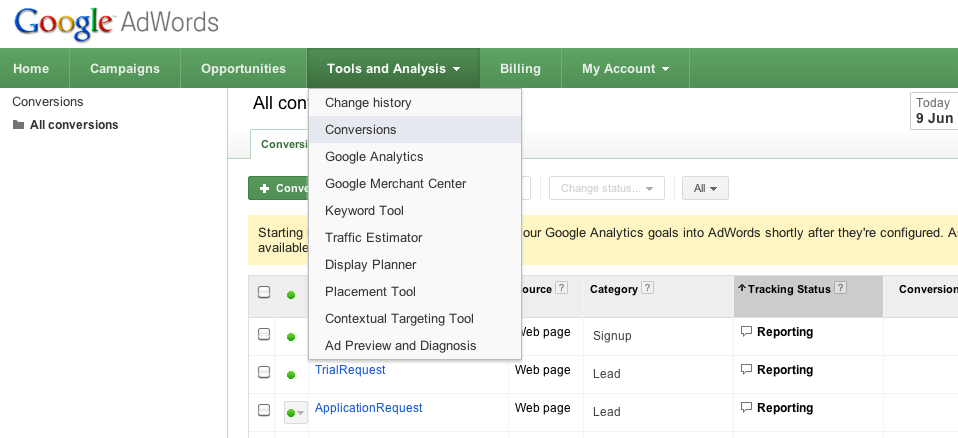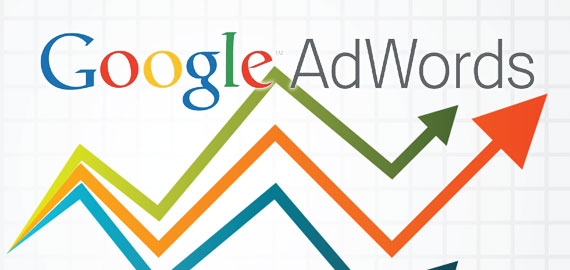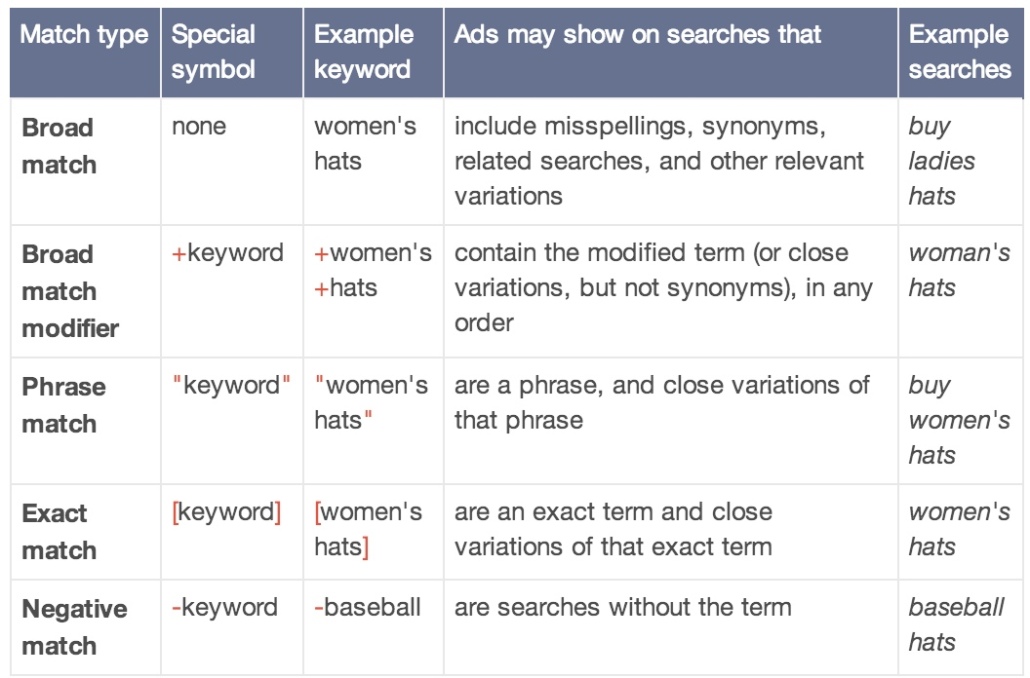Meet The New Twitter Ad Groups Tool

Twitter has released a new feature, the Twitter Ad Groups Tool which is designed for marketers who run more elaborate advertising campaigns that take advantage of segmentation and advanced customization.
Twitter hopes to follow in Facebook’s footsteps by offering a feature rich advertising platform that is relevant in today’s highly competitive digital world.
Twitter Stated:
“Ad groups introduce a new level in our campaign hierarchy: one campaign can have many ad groups, and an ad group can have many targeting criteria and creatives. This level of granular control helps advertisers improve how they measure results, set promotion schedules, test different audiences, and identify which Tweets work best.”
Twitter’s Advertising platform offers a variety of ways to target specific audiences which gives marketers a better understanding of how effective their ads are, while also allowing them to adjust and improve upon them.
Audience segmentation can be achieved in a number of ways, but here is a breakdown of the most popular targeting options:
Geo-location Targeting
This allows your ads to be customized based on your user’s location. Geo-location Targeting is useful for larger brands that have a global presence, you can target by a user’s location, country, province, or postal code.
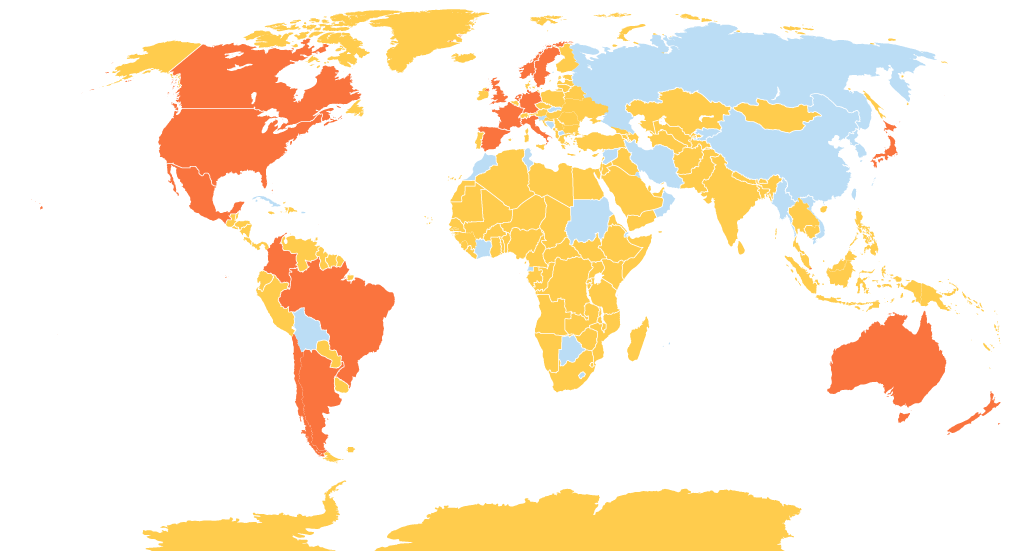
Device Targeting
A great option for promoting Apps, allowing an advertiser to have a unique ad with a different download link depending on whether the user’s device is running Android or iOS. Device targeting can make a dramatic improvement in a campaign’s effectiveness.
Language Targeting
Displaying an ad in a language the viewer doesn’t understand is never a good idea, Language Targeting prevents this issue from occurring by allowing you to display different ads based on the user’s preferred language.
Follower Targeting
This allows a marketer to focus on a specific type of person and follow people who are similar to their target audience. Who a person follows tends to provide useful information about their likes and interests. This can be a quick way of finding people who are highly relevant for a particular ad campaign.
Interest Category Targeting
Segmenting based on a user’s interests is one of the most common ways to target, it allows you to target a user with the most relevant ad based on their likes and interests.
Gender Targeting
Some advertising campaigns are only relevant to a specific gender which is why the new Twitter Ad Groups Tool provides the option to target based on gender. This option allows an advertiser to only have their ads displayed to users of a specific gender, resulting in increased user engagement.
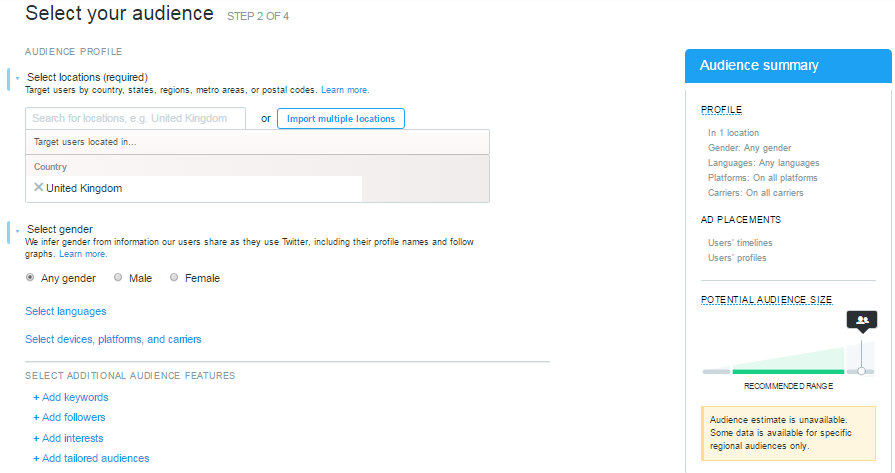
Keyword Targeting
One of the most useful methods of targeting, Keyword Targeting allows you to take advantage of current trending topics by jumping in Twitter conversations based on relevant keywords. Properly implementing Keyword Targeting is a great way to increase reach and user engagement.
Summary
The new Twitter Ad Groups Tool is a big improvement and will give marketers the ability to target their desired audience much more accurately than before. Proper segmentation of ad campaigns will result in improved targeting and better measurement of results.


